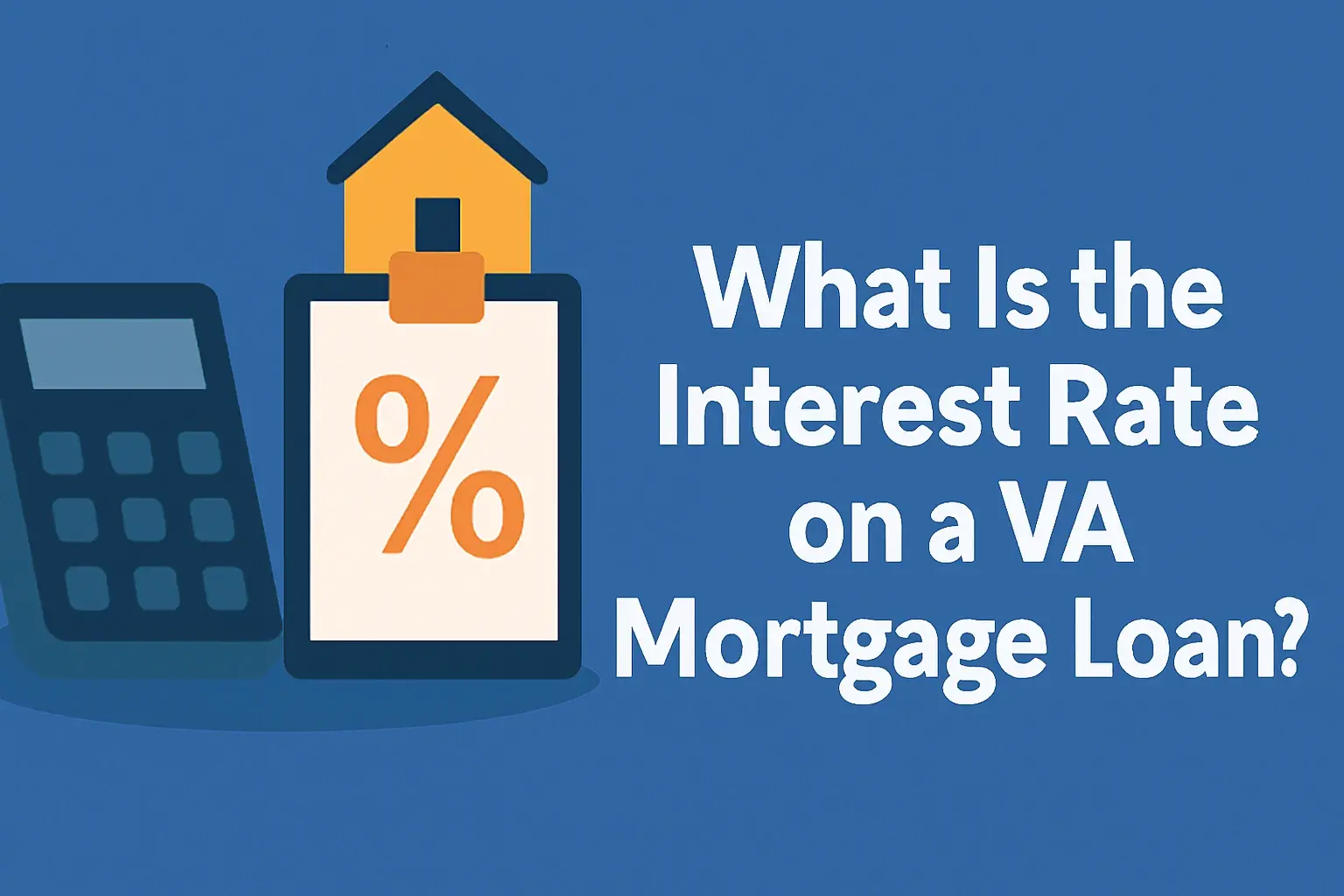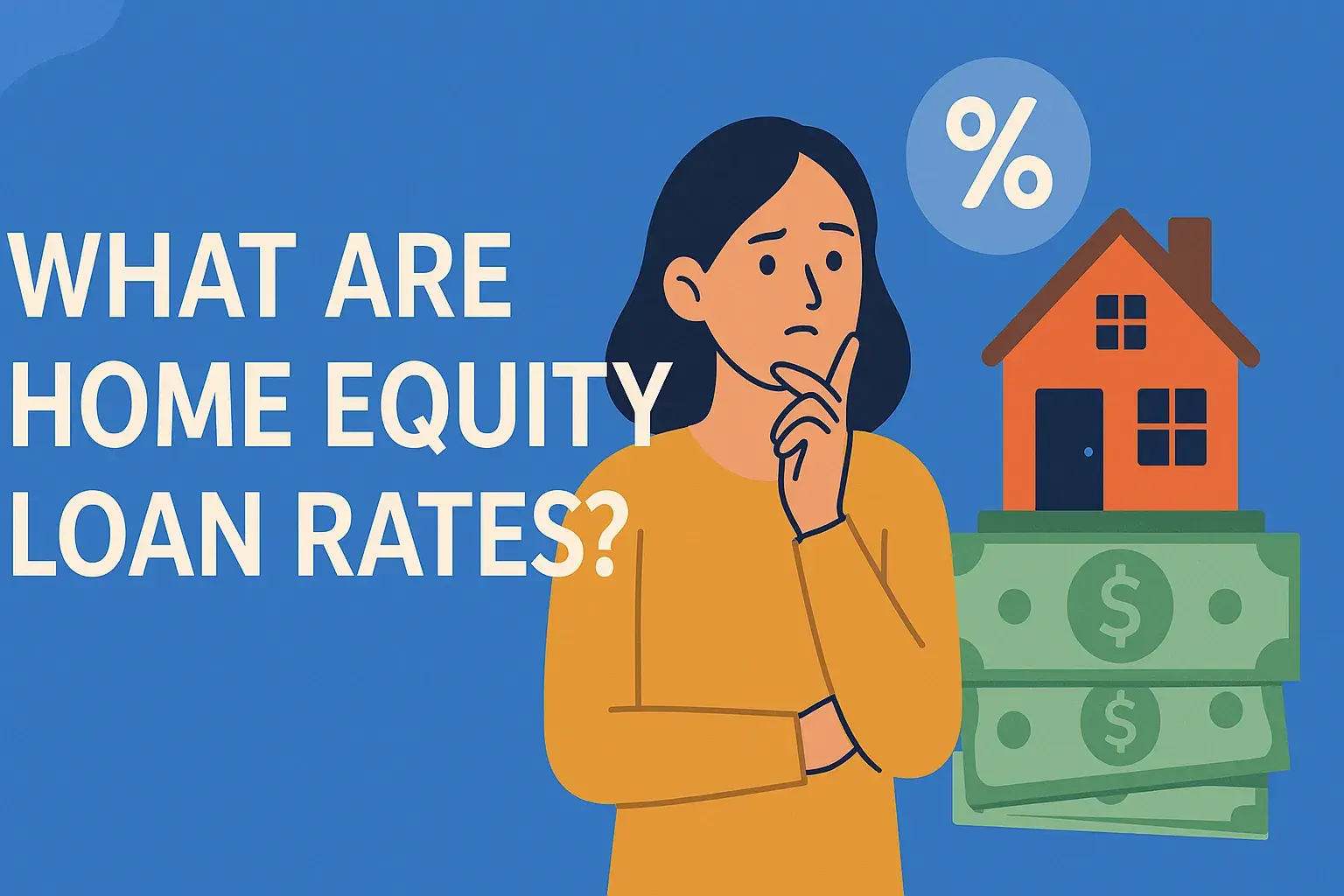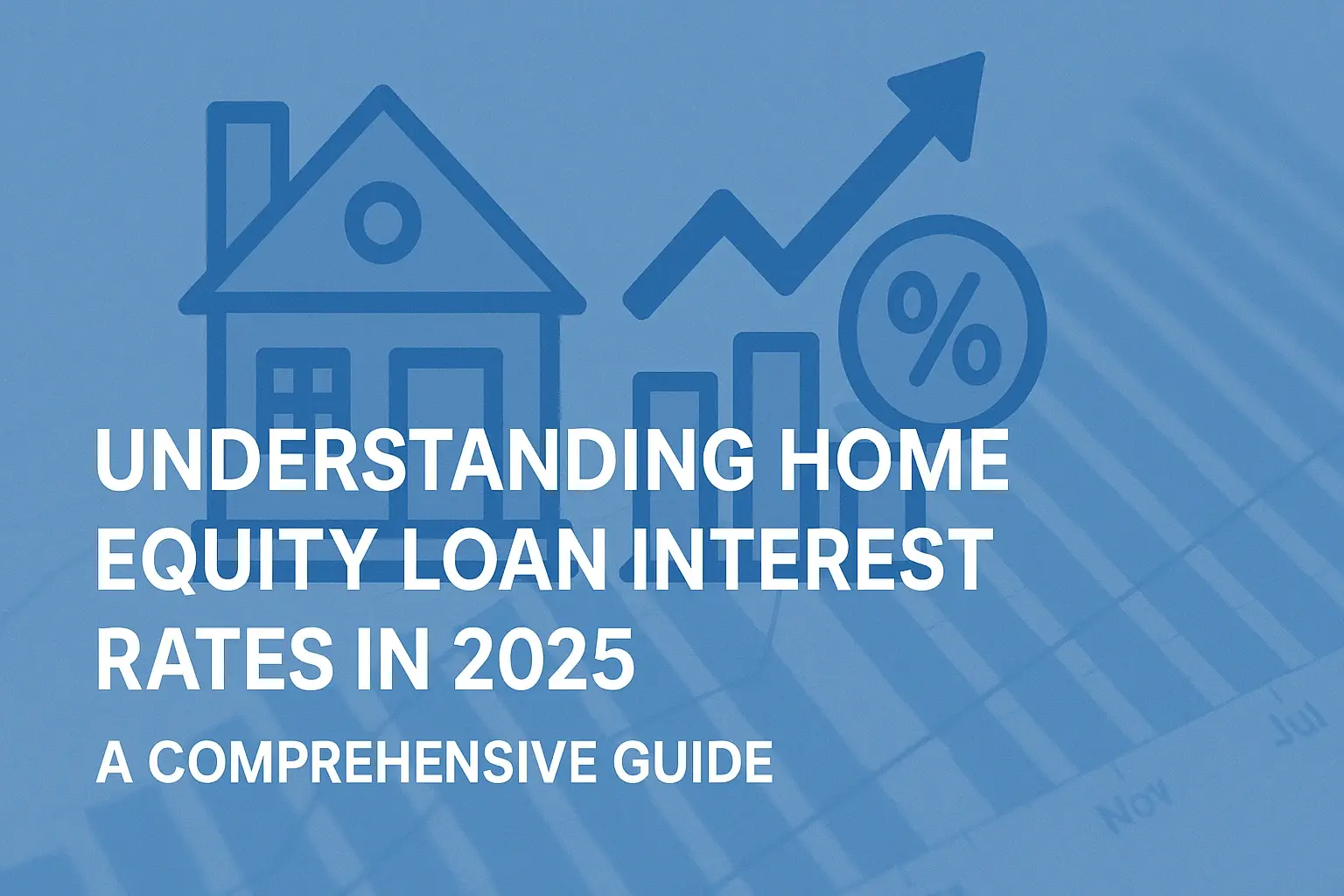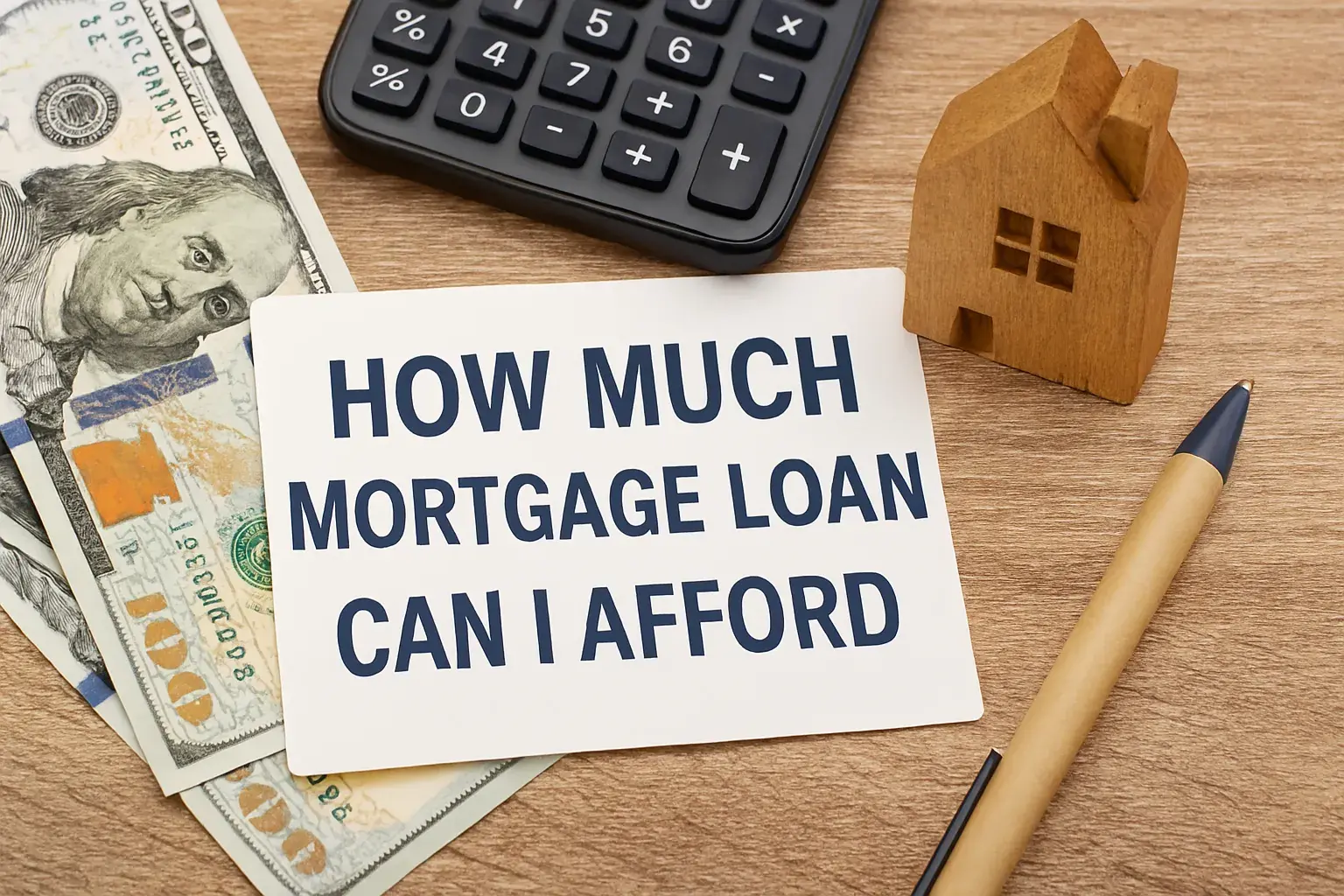-
Posted on: 23 Aug 2024

-
Buying a home is a significant milestone, and for most people, it involves securing a home loan (also known as a mortgage). The process can seem daunting, but understanding the steps involved will empower you to navigate the journey with confidence. This comprehensive guide will walk you through each stage, from assessing your financial readiness to closing on your dream home.
1. Assess Your Financial Situation
Before you even start browsing listings, it's crucial to understand your financial standing. Lenders will scrutinize your finances to determine your eligibility and the loan amount you qualify for. Here's what you need to evaluate:
1.1 Credit Score
Your credit score is a numerical representation of your creditworthiness. A higher score indicates a lower risk to lenders, potentially leading to better interest rates and loan terms. Aim for a credit score of at least 620 to qualify for most conventional mortgages. However, a score of 740 or higher will generally secure the most favorable rates.
- Check your credit report: Obtain a free copy of your credit report from annualcreditreport.com. Review it carefully for any errors or inaccuracies and dispute them immediately.
- Improve your credit score: If your credit score needs improvement, take steps to pay your bills on time, reduce your credit card balances, and avoid opening new credit accounts unnecessarily.
1.2 Debt-to-Income Ratio (DTI)
Your DTI is the percentage of your gross monthly income that goes towards paying off your debts, including credit cards, student loans, auto loans, and other obligations. Lenders prefer a lower DTI, typically below 43%, although some may accept higher ratios depending on other factors.
Calculate your DTI: Divide your total monthly debt payments by your gross monthly income. For example, if your total monthly debt payments are $1,500 and your gross monthly income is $5,000, your DTI is 30%.
1.3 Income and Employment History
Lenders need to verify that you have a stable and reliable source of income to repay the loan. They will typically require documentation such as pay stubs, W-2 forms, and tax returns to verify your income and employment history. Aim for at least two years of consistent employment history.
1.4 Down Payment
The down payment is the amount of money you pay upfront towards the purchase of the home. A larger down payment reduces the loan amount and potentially lowers your interest rate. While some loan programs offer low or no down payment options, a traditional down payment is typically 20% of the home's purchase price.
- Saving for a down payment: Start saving early and consistently. Consider setting up a dedicated savings account and automating regular transfers.
- Down payment assistance programs: Explore down payment assistance programs offered by state and local governments, non-profit organizations, and lenders. These programs can provide grants or low-interest loans to help you cover the down payment.
1.5 Assets
Lenders will assess your assets to ensure you have sufficient funds to cover closing costs, reserves, and other expenses. Common assets include savings accounts, checking accounts, investment accounts, and retirement accounts.
2. Explore Different Loan Options
Several types of home loans are available, each with its own features, benefits, and requirements. Understanding the different options will help you choose the loan that best suits your needs and financial situation.
2.1 Conventional Loans
Conventional loans are not insured or guaranteed by the government. They typically require a higher credit score and a larger down payment compared to government-backed loans. Conventional loans can be conforming (meeting the standards set by Fannie Mae and Freddie Mac) or non-conforming (jumbo loans for loan amounts exceeding conforming loan limits).
2.2 FHA Loans
FHA loans are insured by the Federal Housing Administration (FHA). They are popular among first-time homebuyers and those with lower credit scores and smaller down payments. FHA loans require mortgage insurance, which includes an upfront mortgage insurance premium (UFMIP) and an annual mortgage insurance premium (MIP).
2.3 VA Loans
VA loans are guaranteed by the Department of Veterans Affairs (VA). They are available to eligible veterans, active-duty military personnel, and surviving spouses. VA loans typically do not require a down payment or private mortgage insurance (PMI).
2.4 USDA Loans
USDA loans are guaranteed by the U.S. Department of Agriculture (USDA). They are available to eligible homebuyers in rural and suburban areas. USDA loans typically do not require a down payment, but they have income limits and geographic restrictions.
2.5 Fixed-Rate vs. Adjustable-Rate Mortgages (ARMs)
A fixed-rate mortgage has a fixed interest rate for the entire loan term, providing stability and predictability in your monthly payments. An adjustable-rate mortgage (ARM) has an interest rate that can change periodically based on market conditions. ARMs may offer lower initial interest rates, but they can also expose you to the risk of rising interest rates in the future.
3. Get Pre-Approved for a Mortgage
Getting pre-approved for a mortgage is a crucial step in the home-buying process. It demonstrates to sellers that you are a serious and qualified buyer, giving you a competitive edge in the market. Pre-approval involves submitting your financial information to a lender, who will then review your creditworthiness and determine the maximum loan amount you qualify for.
3.1 Benefits of Pre-Approval
- Determine your affordability: Pre-approval helps you understand how much you can afford to spend on a home.
- Strengthen your offer: Sellers are more likely to accept offers from buyers who have been pre-approved for a mortgage.
- Speed up the closing process: Pre-approval streamlines the loan approval process once you find a home.
- Peace of mind: Knowing you are pre-approved can give you confidence and peace of mind during the home-buying process.
3.2 How to Get Pre-Approved
- Choose a lender: Research different lenders and compare their interest rates, fees, and loan programs. You can work with a mortgage broker or directly with a bank or credit union.
- Gather your documents: Prepare the necessary documentation, including pay stubs, W-2 forms, tax returns, bank statements, and identification.
- Submit your application: Complete the loan application and submit it to the lender along with the required documents.
- Undergo credit check and verification: The lender will review your credit report, verify your income and employment, and assess your assets and debts.
- Receive pre-approval letter: If you meet the lender's requirements, you will receive a pre-approval letter stating the maximum loan amount you are approved for.
4. Find a Home and Make an Offer
Once you are pre-approved for a mortgage, you can start your home search. Work with a real estate agent to find properties that meet your needs and budget. When you find a home you love, make an offer to the seller.
4.1 Working with a Real Estate Agent
A real estate agent can provide valuable assistance throughout the home-buying process. They can help you find properties, negotiate offers, and navigate the closing process.
4.2 Making an Offer
Your offer should include the purchase price, the amount of your down payment, the closing date, and any contingencies (such as a home inspection contingency or a financing contingency). Your real estate agent can help you prepare a competitive offer that is likely to be accepted by the seller.
5. Loan Application and Approval
After your offer is accepted, you will need to formally apply for the mortgage. The lender will conduct a thorough review of your financial information and the property to determine if you meet their requirements.
5.1 Loan Underwriting
Loan underwriting is the process of evaluating your financial risk and the property's value to determine whether to approve your loan. The lender will verify your income, employment, credit history, and assets. They will also order an appraisal of the property to ensure that its value supports the loan amount.
5.2 Loan Approval
If the lender approves your loan, you will receive a loan commitment letter outlining the terms and conditions of the loan, including the interest rate, loan amount, and closing costs. Review the loan commitment letter carefully and ask any questions you may have.
6. Closing on Your Home
Closing is the final step in the home-buying process. It involves signing all the necessary documents and transferring ownership of the property from the seller to you.
6.1 Title Search and Insurance
Before closing, a title company will conduct a title search to ensure that the property has a clear title and that there are no liens or encumbrances. Title insurance protects you against any title defects that may arise in the future.
6.2 Homeowners Insurance
You will need to obtain homeowners insurance to protect your property against damage from fire, wind, and other perils. Your lender will require you to provide proof of homeowners insurance before closing.
6.3 Final Walk-Through
Before closing, conduct a final walk-through of the property to ensure that it is in the agreed-upon condition and that any repairs have been completed.
6.4 Closing Day
On closing day, you will meet with the lender, the title company, and the seller (or their representative) to sign the closing documents and transfer funds. You will also pay the closing costs, which include lender fees, title fees, and other expenses.
7. Post-Closing
Congratulations! You are now a homeowner. Make sure to keep up with your mortgage payments and maintain your property in good condition. Over time, you can build equity in your home and potentially refinance your mortgage to a lower interest rate.








